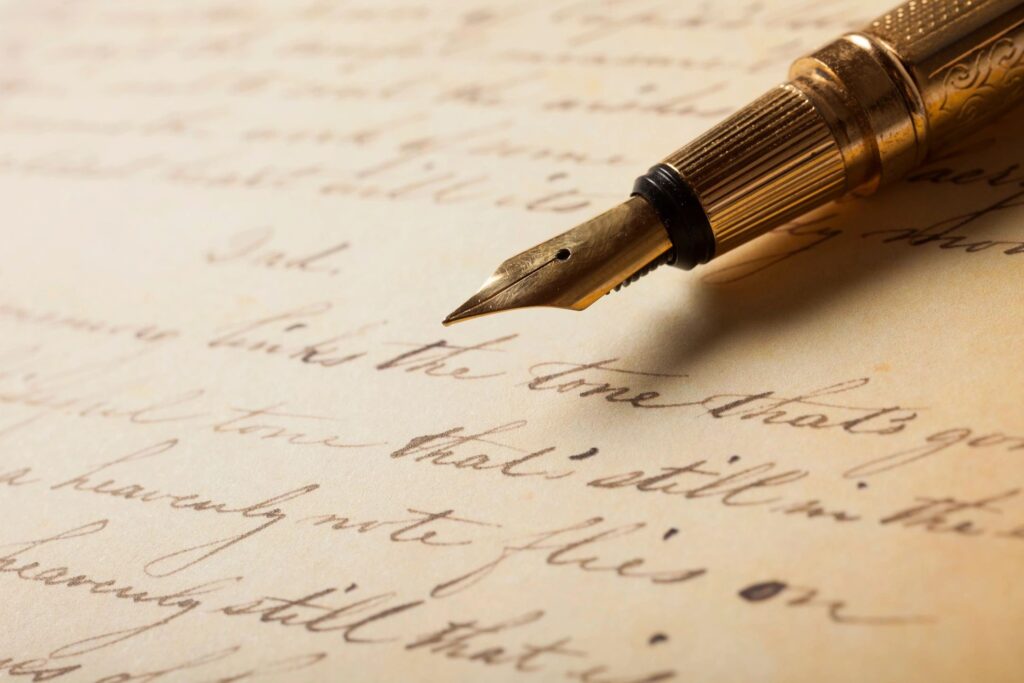Essay on pen
In the vast arsenal of human inventions, few tools have stood the test of time with as much significance and ubiquity as the pen. From ancient quills to modern ballpoints, the evolution of the pen reflects not only our quest for practicality but also our innate desire for expression and communication. In this essay, we will delve into the history, functionality, and enduring relevance of the humble yet mighty pen.
The origins of writing instruments can be traced back thousands of years to the dawn of civilization. Early humans used rudimentary tools such as reeds, bones, and sticks dipped in ink to inscribe symbols onto various surfaces, laying the foundation for written language and communication. Over time, these primitive implements evolved into more sophisticated writing instruments, culminating in the invention of the pen as we know it today.
One of the most iconic predecessors of the modern pen is the quill, which gained prominence during the Middle Ages. Made from the feathers of birds such as geese or swans, quills were carefully trimmed and sharpened to create a fine point, allowing scribes and scholars to produce intricate manuscripts with precision and elegance. Despite its labor-intensive nature, the quill remained the primary writing instrument for centuries, symbolizing the artistry and craftsmanship of the written word.
The invention of the fountain pen in the 19th century marked a significant milestone in the history of writing instruments. Unlike quills, which required constant dipping into inkwells, fountain pens featured a self-contained reservoir of ink and a nib that delivered a steady flow onto the page. This innovation revolutionized the act of writing, making it more convenient and efficient for people from all walks of life. Fountain pens became synonymous with sophistication and refinement, coveted by writers, professionals, and aficionados alike.
The 20th century witnessed further advancements in pen technology with the introduction of ballpoint pens. Patented in the early 20th century but popularized after World War II, ballpoint pens revolutionized the mass production of writing instruments, offering a reliable and economical alternative to fountain pens. With their convenient design and long-lasting ink, ballpoint pens quickly became the writing instrument of choice for everyday use, from schools and offices to homes and businesses worldwide.
In addition to their practical utility, pens hold profound symbolic significance in human culture and society. As tools of communication and expression, pens have played a pivotal role in shaping history, from the signing of treaties and declarations to the exchange of love letters and literary masterpieces. They are vehicles for ideas, emotions, and creativity, allowing individuals to leave their mark on the world long after they are gone.
Moreover, pens serve as powerful artifacts of memory and nostalgia, evoking cherished moments and personal connections. Whether it’s the pen used to jot down notes during a momentous occasion or the pen passed down through generations as a family heirloom, these humble writing instruments carry with them a sense of continuity and tradition that transcends time and space.
In conclusion, the pen is much more than a mere writing tool; it is a testament to human ingenuity, expression, and connection. From its ancient origins to its modern manifestations, the pen has evolved alongside humanity, adapting to our changing needs and aspirations. As we continue to embrace digital technologies and innovations, let us not forget the timeless allure and enduring relevance of the mighty pen, a steadfast companion in our journey of self-discovery and communication.

